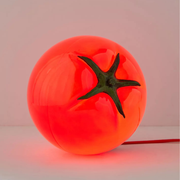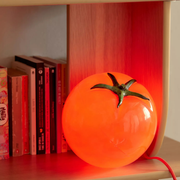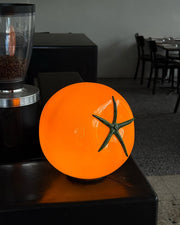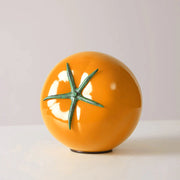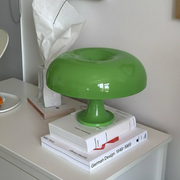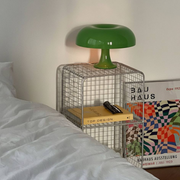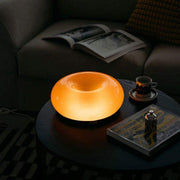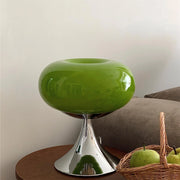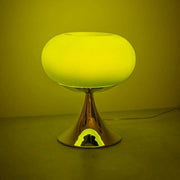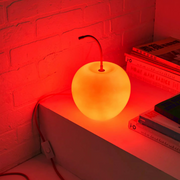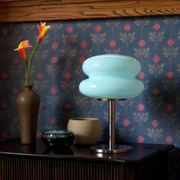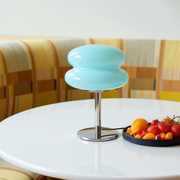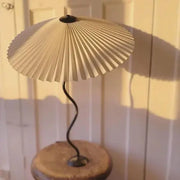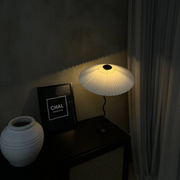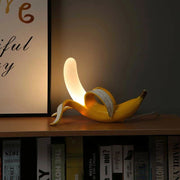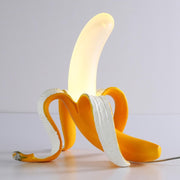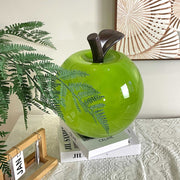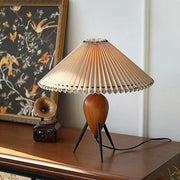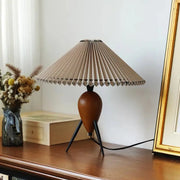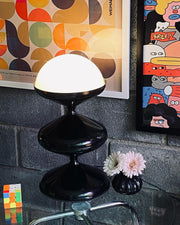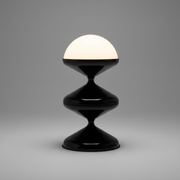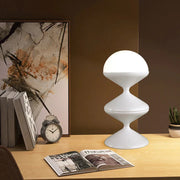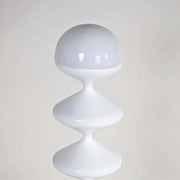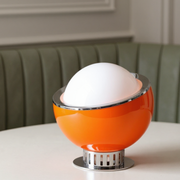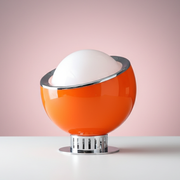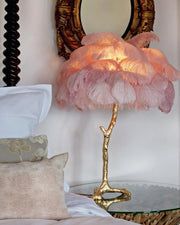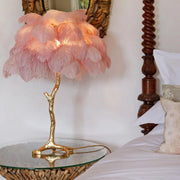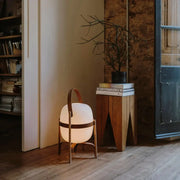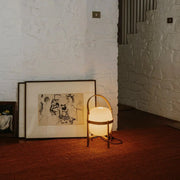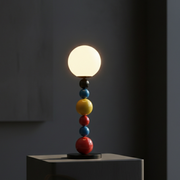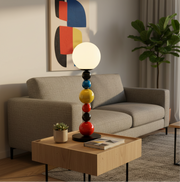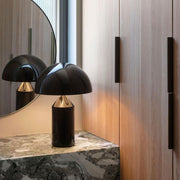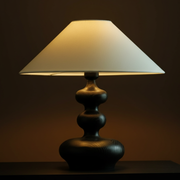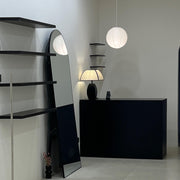Modern Table Lamps for Every Room
Table lamps Canada residents choose create atmosphere while providing targeted lighting where ceiling fixtures fall short. Our modern designer table lamps feature adjustable positioning that adapts to reading, working, or ambient lighting needs.
Complete Table Lamp Selection Guide
Table lamps Canada homeowners choose transform rooms with targeted lighting that ceiling fixtures cannot provide. Modern table lamps offer flexible solutions for reading, working, and creating ambiance in Canadian homes year-round.
Choose Table Lamps by Function
Designer table lamps serve different lighting needs across Canadian living spaces. Bedside table lamps provide glare-free reading without disrupting sleep partners, while contemporary desk lamps deliver focused task lighting essential for productivity. Discover desk lamps that enhance winter productivity for Canadian home offices.
Modern table lamps with dimmable features adapt throughout your day - bright illumination for detailed work, gentle glow for movie nights, and soft lighting for evening relaxation. These versatile contemporary table lamps eliminate harsh overhead lighting while providing precise control over your Canadian home's atmosphere.
Room-by-Room Table Lamp Solutions
Each room requires specific table lamp considerations for optimal Canadian living. Bedroom table lamps create perfect ambiance while providing practical bedside lighting for evening routines and morning preparation.
Living room table lamps work beautifully on end tables flanking sofas, creating balanced ambient lighting perfect for Canadian winter evenings. Designer table lamps on console tables add sophisticated focal points while providing welcoming illumination for entertaining guests throughout the year.
Popular Table Lamp Styles for Canadian Homes
Contemporary table lamps featuring clean lines complement Canada's modern design preferences. Mushroom-style table lamps bring mid-century charm with their iconic dome shades, perfect for coffee tables and sideboards in Canadian interiors seeking retro sophistication.
Natural materials like ceramic and wood-based designer table lamps add organic warmth to Canadian homes, especially during long winter months. Transform your space with trending table lamps that reflect contemporary Canadian style preferences.
Bedside Reading Solutions
Bedside table lamps require careful consideration for Canadian bedroom comfort. Adjustable contemporary table lamps provide optimal reading light while maintaining bedroom ambiance for peaceful sleep preparation. Find the perfect non-LED bedside reading lamp for traditional lighting preferences.
Modern table lamps with warm light settings support healthy sleep cycles, especially important during Canadian winters when natural light exposure is limited. Dimmable designer table lamps allow gradual lighting transitions that promote restful evening routines.
Energy Efficiency for Canadian Homes
Table lamps Canada residents choose increasingly feature LED compatibility for energy savings during long Canadian winters. Modern table lamps paired with efficient LED bulbs reduce electricity costs while providing superior light quality and longevity compared to traditional incandescent options.
Contemporary table lamps with smart bulb compatibility offer remote control convenience perfect for Canadian lifestyles. These designer table lamps adapt to seasonal lighting needs, providing energizing daylight tones during dark winter months and warm evening ambiance year-round.
Why Choose CHAL Table Lamps Canada
Our curated modern table lamps collection combines international design excellence with practical functionality for Canadian living standards. Each contemporary table lamp is selected for superior build quality, energy efficiency, and aesthetic appeal that enhances diverse Canadian interior styles.
From our Montreal design showroom to nationwide delivery, CHAL brings premium designer table lamps directly to Canadian homes. Experience lighting solutions that perfectly balance modern style, energy efficiency, and the quality craftsmanship Canadian homeowners expect.

